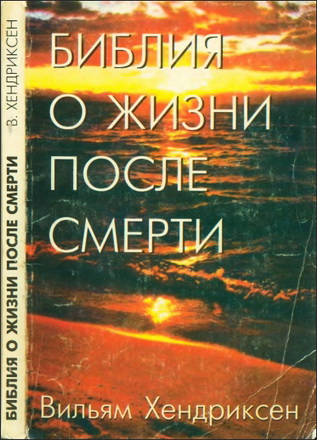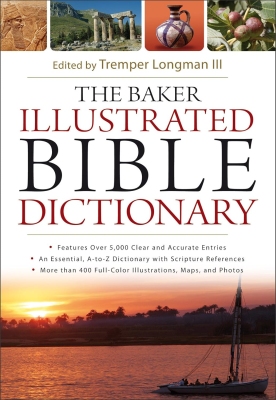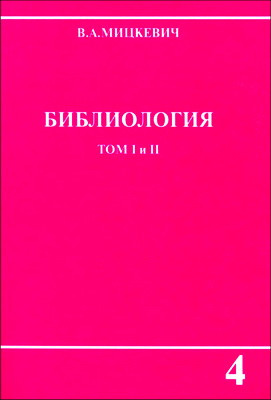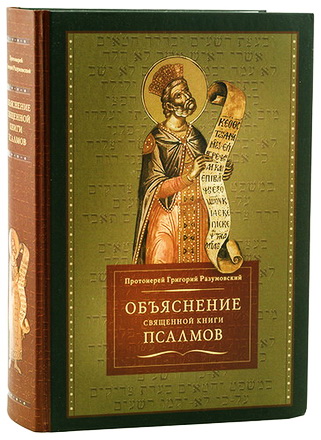
Longman III Tremper - The Baker Illustrated Bible Dictionary - модуль BibleQuote
Tremper Longman III - The Baker Illustrated Bible Dictionary
Grand Rapids, MI: Baker Publishing Group, 2013. – 1793 p.
ISBN 978-1-4412-3886-3
To Christians, the Bible is canon, the standard of faith and practice. According to Calvin, it is a mirror of the soul that helps us understand ourselves better. Further, the Bible is the Word of God and thus like a “seed” (Mark 4:1–20) that serves as an agent of transformation from death to life if planted in the right soil, a receptive heart. Most significantly, it is the self-revelation of God himself. In the pages of the Bible, we come to know God through Jesus Christ, who he is and who we are in relationship with him. Thus, the importance of the Bible for our spiritual formation cannot be overestimated.
If we are honest, though, the Bible is not always easy to understand. The main message is clear enough, but much remains obscure. After all, the books of the Bible come from a variety of time periods, are written in a number of different genres and literary styles, and refer to customs that are quite foreign to us. The places named in the Bible are strange, and the number of people mentioned is virtually countless. We are distanced from both the Old and New Testaments by vast periods of time and culture.
The Baker Illustrated Bible Dictionary intends to help people read the Bible with increased understanding. The more than five thousand articles written by well over one hundred contributors draw on centuries of scholarship to help make clear what is enigmatic on first reading. This dictionary contains articles on major topics (for example, Jesus, God, all of the biblical books) as well as places and people, even if they just appear in a single verse in the Bible. The primary Bible version used for article titles and content is the 2011 revision of the New International Version, although articles also cover some of the more obscure terms used in the King James Version, and readings from a wide range of Bible versions are noted. The dictionary includes visual illustrations, charts, pictures, and maps to supplement the articles. In a word, this dictionary is a helpful resource to support everyday Bible reading as well as to prepare for group Bible studies or to follow up on sermons, and for many other reasons.
The editors wish to thank a number of people for their work in bringing this vast project to a successful conclusion. We thank Baker Publishing Group, and in particular Jack Kuhatschek, for inviting us to serve as editors of this book. Baker, as always, supported us with their excellent staff including Amy Donaldson, Brian Brunsting, Mike Williams, Trinity Graeser, and Brian Vos, the editorial and interior design team. Robert Hand and Robert G. Maccini did an excellent job making sure that the manuscript was ready for press. And, finally, thanks go to Kim E. Walton for organizing the photos and maps and Cheryl Van Andel for the cover design.
Early in the project Baker hired two of my students at Westmont College to start collecting the many subjects that we cover in this dictionary. Thank you Shane B. Kelly and Thomas G. Lengyel for your work as editorial assistants as well as writing some articles yourselves.
Indeed, we are very thankful for our writers, all of whom are named in the contributor list. We thank you for sharing your knowledge with our readers as well as for your timely submissions. While our heartfelt thanks go to all our contributors, special thanks go to Jessie Rainbow, Karen Traphagen, Susan Michaelson, John Michael Stanley, and Timothy Senapatiratne for the number of articles they took on and/or for writing articles at the end of the process when we needed them quickly.
Our heartfelt desire and prayer is that this volume will aid our readers in reading the Bible, not just for intellectual purposes, but so they may know and obey the God revealed in its pages.
* * *
Goyim
A transliterated plural form of the Hebrew word goy (“nation, Gentile”), and the name of several places. As a place name, it is also spelled Goiim.
(1) As a plural noun, goyim occurs more than four hundred times in the OT, referring predominantly to non-Jewish peoples. Its Greek counterpart is ethnos, from which the English word “ethnic” comes.
(2) The kingdom of King Tidal (Gen. 14:1, 9). In Gen. 14 King Tidal of Goyim joined King Kedorlaomer of Elam and two other kings in an effort to put down a rebellion in the Dead Sea region. When Abram’s nephew Lot and his household were captured, Abram rescued Lot and defeated the four-king coalition. Scholars have tried to identify King Tidal and his kingdom. Most believe that he was a Hittite king leading his own multination coalition, but there are other proposals.
(3) A municipality in Gilgal appearing in the list of kings Joshua conquered (Josh. 12:23). “Goyim in Gilgal” is replaced by “Goiim in Galilee” in some translations (NRSV, ESV) that follow the LXX for this verse. If this is to be preferred, then this Goyim in Galilee is likely the same as in Isa. 9:1 (see next item).
(4) A part of the Galilee region called “Galilee of the nations [goyim]” (Isa. 9:1; cf. Matt. 4:13–16). Here most translations render goyim as “Gentiles” or “nations.” Harosheth Haggoyim, the home of the Canaanite army commander Sisera (Judg. 4:2) and the site of his confrontation with the Israelite commander Barak, may also be linked to this location.
Tongue
The word “tongue” has several senses in both Testaments. In the OT, lashon refers to the physical organ (Judg. 7:5; Job 20:12; 41:1), the physical tongue that creates speech (2 Sam. 23:2; Job 6:30), and the physical organ in reference to individuals as they profess before God (Isa. 45:23; cf. Rom. 14:11; Phil. 2:11).
The word “tongue” frequently refers to language (Gen. 10:5; Neh. 13:24; Isa. 28:11; cf. 1 Cor. 14:21). Related to this, the word refers to speech as deceitful (Ps. 52:2), as speaking strife (31:20 KJV, RSV), or as that which praises God (35:28). The tongue sings (Ps. 51:14) and extols (66:17).
The tongue is able to produce very powerful speech that can bring life and death (Prov. 18:21). To guard one’s speech is to be trouble-free (21:23). Soft and forbearing speech is persuasive and wins the day rather than aggravates (25:15). Flattering speech seems favorable but will be disregarded in the end (28:23).
The speech of God is a consuming fire (Isa. 30:27). The mute will have speech when all things are set right in the eschaton (35:6).
In the OT, the word “tongue” is used in parallel with several other words. The physical organ is parallel to lips (Ps. 12:4), mouth (Job 33:2; Pss. 10:7; 50:19), or throat (Ps. 5:9, where the tongue is the source of flattery).
A similar Hebrew word, sapah, has several senses, among them “lip” (and so also often of the edge or shore of a body of water), and can refer to the language produced by lips. It is sometimes placed in parallel with lashon (Ps. 12:4).
In the NT, the word glōssa refers to the physical organ (Mark 7:33–35) and language (Acts 2:11; 1 Cor. 14:21 [heteroglōssos]) and can refer to the miraculous gift of languages (Mark 16:17; Acts 2:4; 10:46; 19:6; 1 Cor. 12–14). Luke also uses the word in the unusual description of the gift of languages coming on the disciples—tongues of fire resting on each one of them (Acts 2:3).
Finally, James, writing in the style of OT wisdom literature, notes that an uncontrolled tongue—unbridled speech—is not indicative of the people of God (James 1:26–27) and is ultimately destructive (3:5–10). See also Speech Impediment.





Комментарии
Пока нет комментариев. Будьте первым!